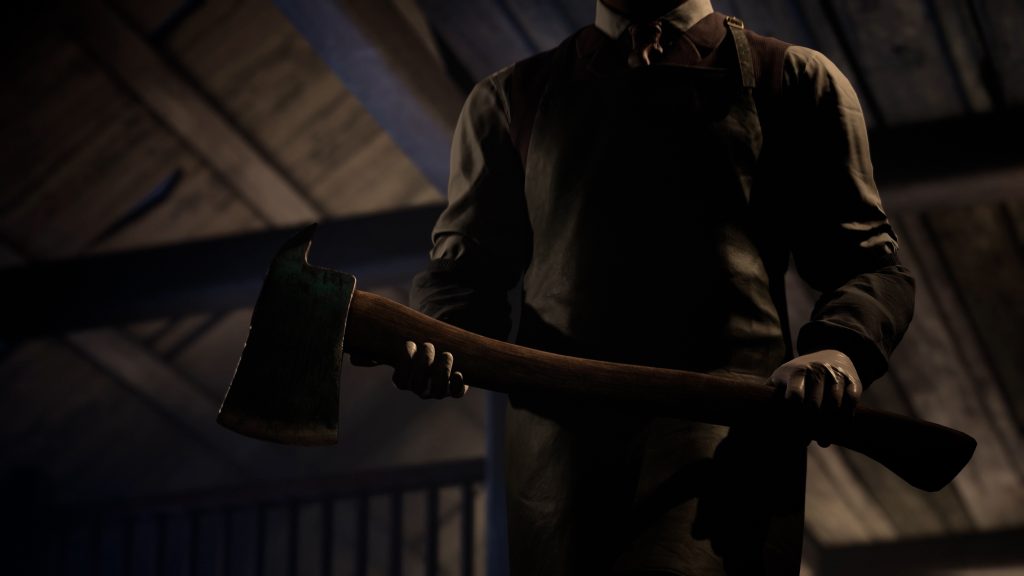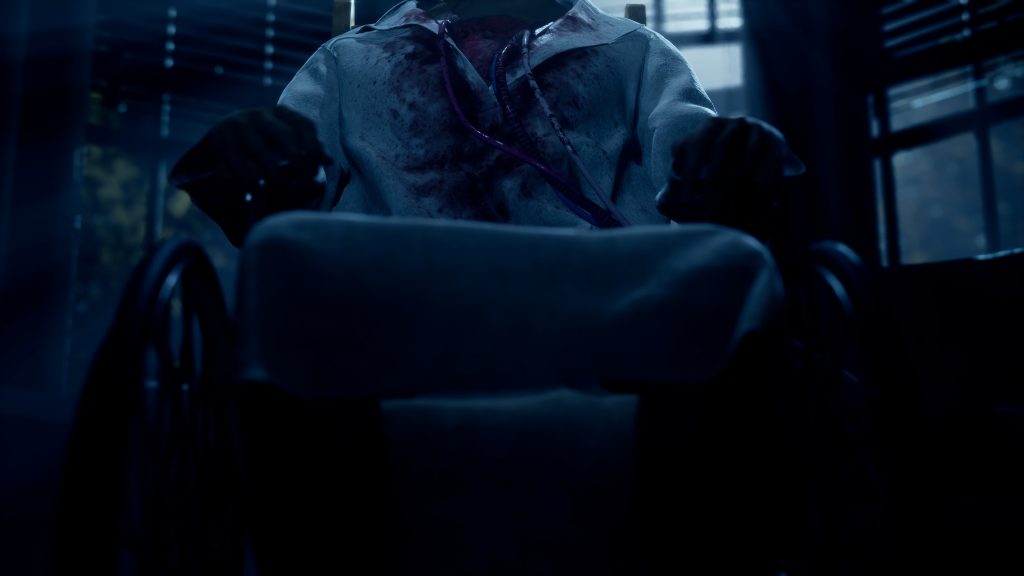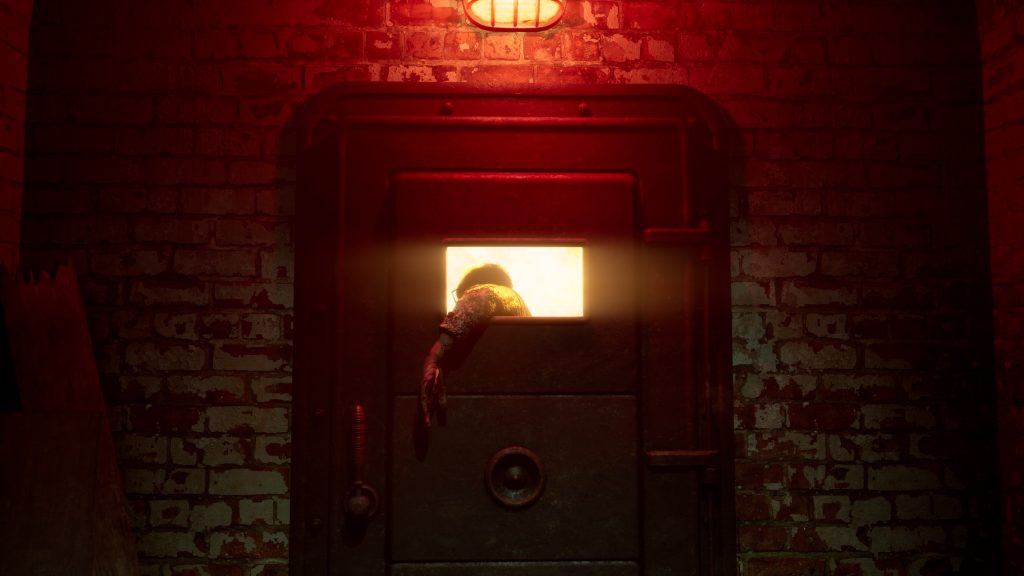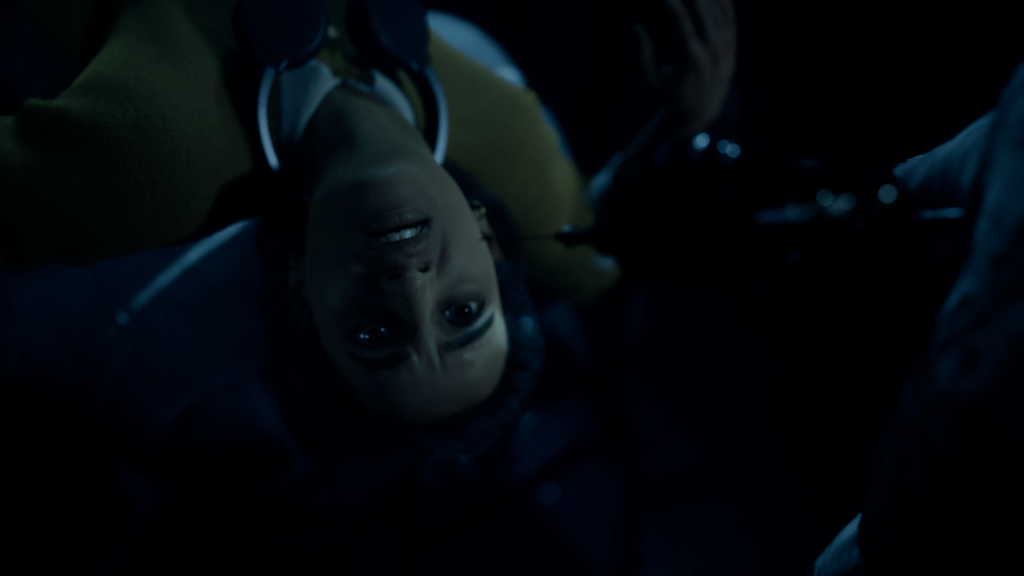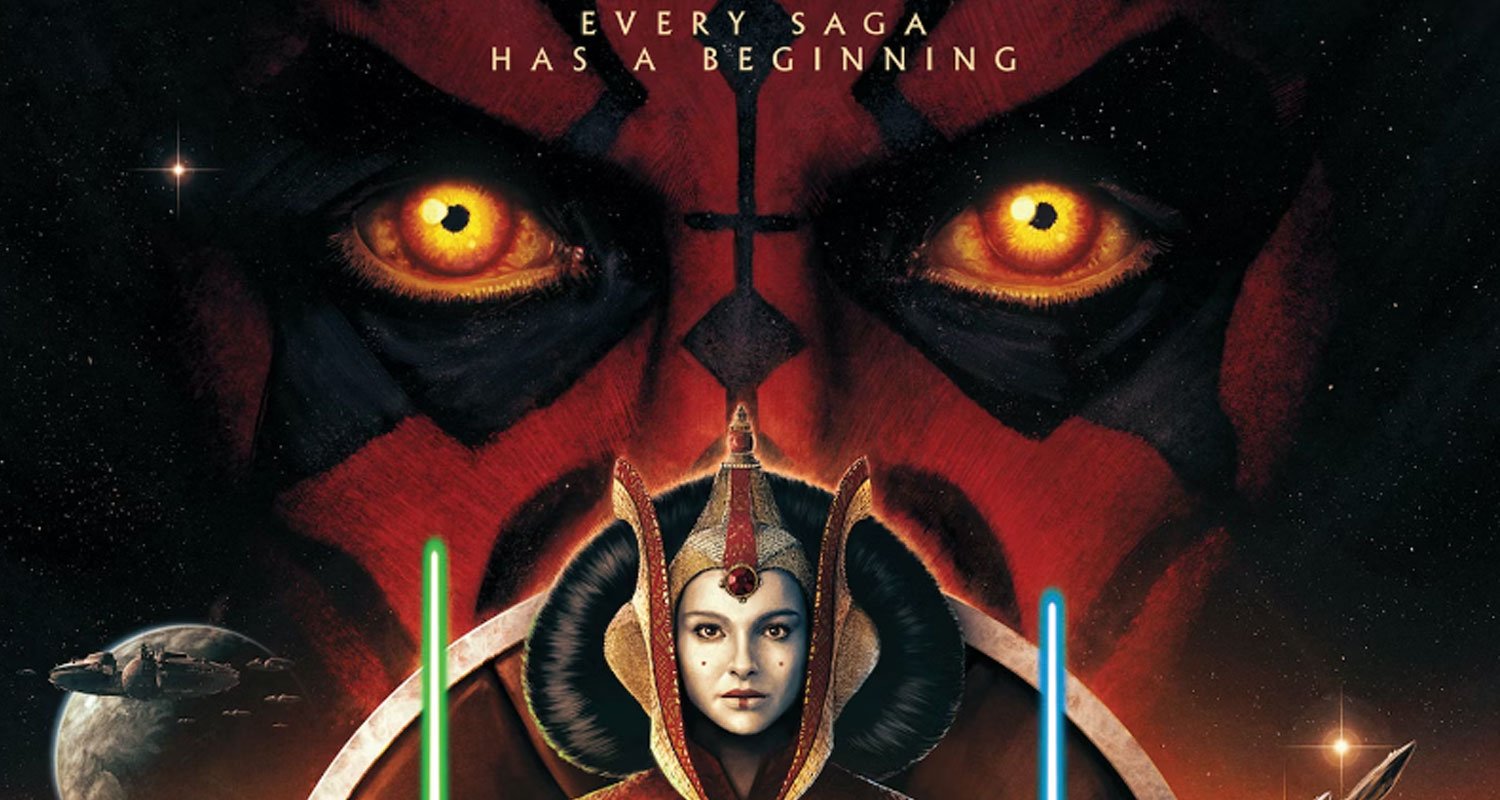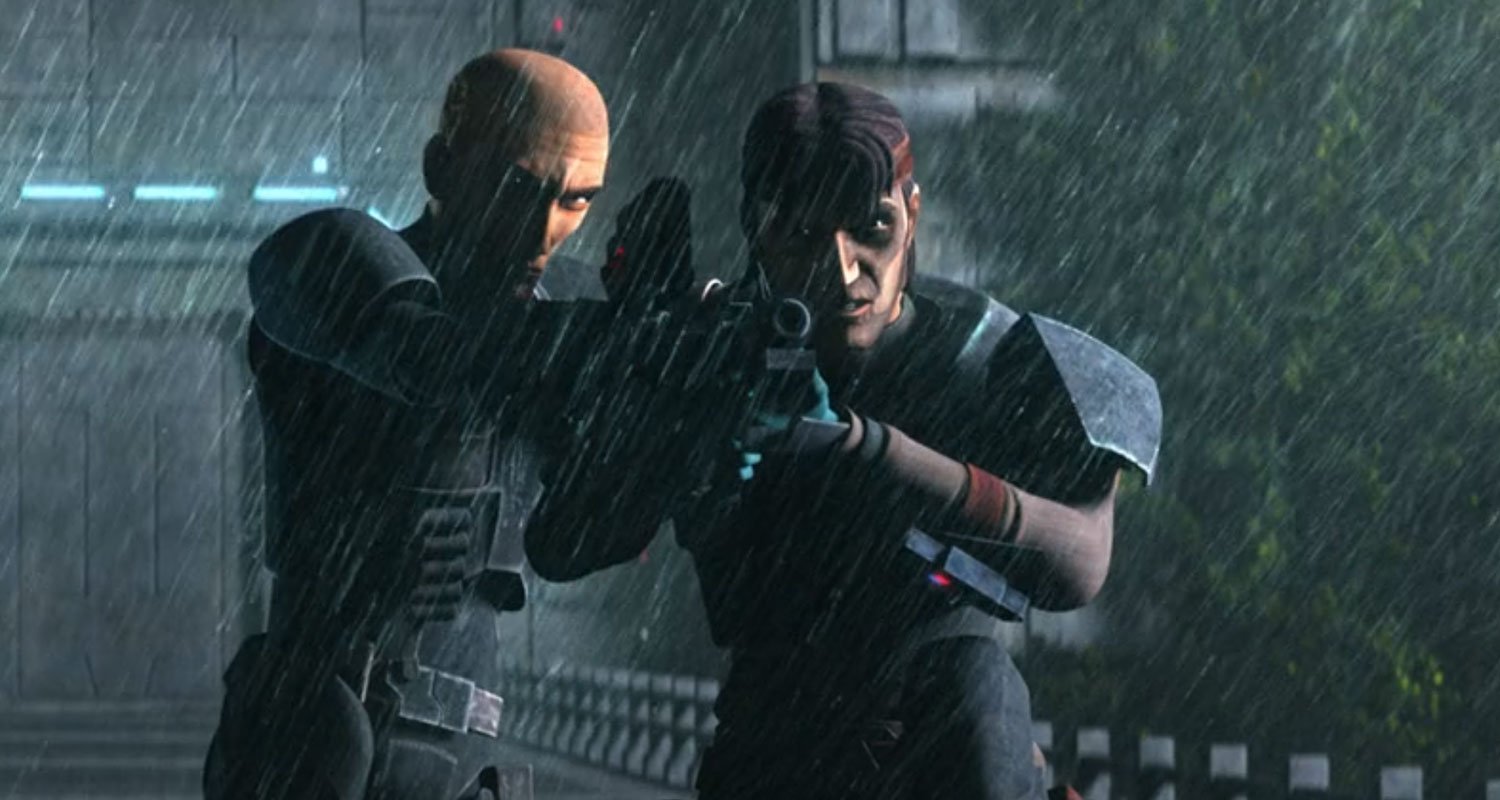‘The Devil in Me’ Review: The Most Intriguing ‘Dark Pictures’ Yet Surprises but Struggles To Maintain the Suspense
The Devil in Me might be the most unique installment of The Dark Pictures so far and a strong season finale, but it refuses to fully embrace its premise.
Amidst the classic end-of-the-year gaming kerfuffle, it’s easy to forget about mid-sized releases that maybe haven’t had the strongest of marketing campaigns. This year, Supermassive Games’ The Dark Pictures: The Devil in Me has certainly flown under the radar for many players. While the two previous entries, Little Hope and House of Ashes, benefitted from launching in the middle of a global pandemic that delayed several big-name releases, the fourth (and final) chapter in season 1 of the ongoing series of interactive horror stories hasn’t made much noise. But I think it’s well worth a playthrough.
For those unaware: The Dark Pictures was essentially born from the massive success of 2015’s Until Dawn, which remains a PlayStation exclusive. As Supermassive explored new potential stories and ways to expand on their own formula of interactive, horror-themed storytelling, an anthology series of sorts — in partnership with Bandai Namco — made sense to accommodate such ambitions. However, that hasn’t stopped them from cooking the one-off The Quarry alongside 2K Games. I digress here, but this introduction was needed for those coming in fresh.
The Devil in Me builds upon the legacy of the United States’ first known serial killer, H.H. Holmes, coming up with an engrossing tale about the fetishization of murderers and how their shadow can influence generations to come. On top of that, the plot revolves around a conflicted group of characters who are more relatable than in past entries of The Dark Pictures and are storytellers and aspiring artists themselves. There’s a profoundly captivating through-line in The Devil in Me about the creation of art out of tragedy and morbidity, a discourse that also applies to Supermassive itself. It’s a big swing for a series that was content with staying in its “genre lanes” up to this point, and one that I applaud.
As for the cinematic influences this time around, it’s easy to discern plenty of Cube and Saw DNA in this one, with a handful of decent fake-outs thrown in for good measure. Unfortunately, the game’s final act gradually goes off the rails with mostly by-the-numbers set pieces and situations that could’ve been lifted from the studio’s earlier games. As much as I enjoyed most of what The Devil in Me has to offer, it was just sad to see Supermassive taking a well-trodden route to cap it off.
Following tradition, The Devil in Me is led by an actor well-known to cinephiles: Jessie Buckley, who has quickly become a go-to face for off-beat horror and small-ish dramas. Even through her digitalized visage, you can tell she’s plenty comfortable with this type of role, and although her character isn’t the most interesting of the bunch (and can die almost as quickly as the others), there’s an earnest energy to her that shines when shit hits the fan.
The rest of the documentary crew invited to the (totally safe) “Murder Castle” consists of director Charlie Lonnit (Paul Kaye), cameraman Mark Nestor (Fehinti Balogun), lighting technician Jamie Tiergan (Gloria Obianyo), and intern Erin Keenan (Nikki Patel). By lowering the number of important characters after (the otherwise series-best) House of Ashes, each of them receives a better treatment. Even some characters I wasn’t a big fan of early on ended up earning my respect, and I tried to keep them alive as best as I could (poorly).
Gameplay-wise, there’s a little bit of actual exploration and puzzle-solving added to the usual mix, which largely plays like a point-and-click adventure on rails. Nothing wrong with that, as Supermassive excels at it, but you can feel just enough survival horror DNA slowly pouring into The Dark Pictures with small riddles, slightly more open areas, and key items making an appearance. It all makes for a more involved experience that almost hits the perfect sweet spot between interactive movies and narrative-driven video games. Of course, there’s also the bonus of playing through the breezy game a few more times (solo or with friends) to see more outcomes and unlock secrets, with the optional “Curator’s Cut” mixing things up for those who have exhausted all of the original story paths.
All in all, I strongly believe The Devil in Me gets way more things right than wrong despite dropping the ball quite hard in the final stretch and some visual imperfections that, looking at past launches, will probably be fixed in the coming weeks. It might be my second-favorite Dark Pictures and undeniably ends season 1 on a surprisingly reflexive note. Moreover, that shocking post-credits season 2 teaser promises even more radical changes and subgenres coming to the series in the near future.
The Dark Pictures: The Devil in Me is now available on PC (Steam), PS4/5, and Xbox consoles.
Thanks to Bandai Namco (publisher) and fortyseven communications for the Xbox review code.
Francisco J. Ruiz is that guy who has watched Jurassic Park a thousand times and loves Star Wars. His hunger for movies is only matched by his love for video games. He graduated in English Studies from the University of Malaga, in Spain. As he keeps writing about what he enjoys (and doesn’t) for websites all over, he’s continuing his studies.

